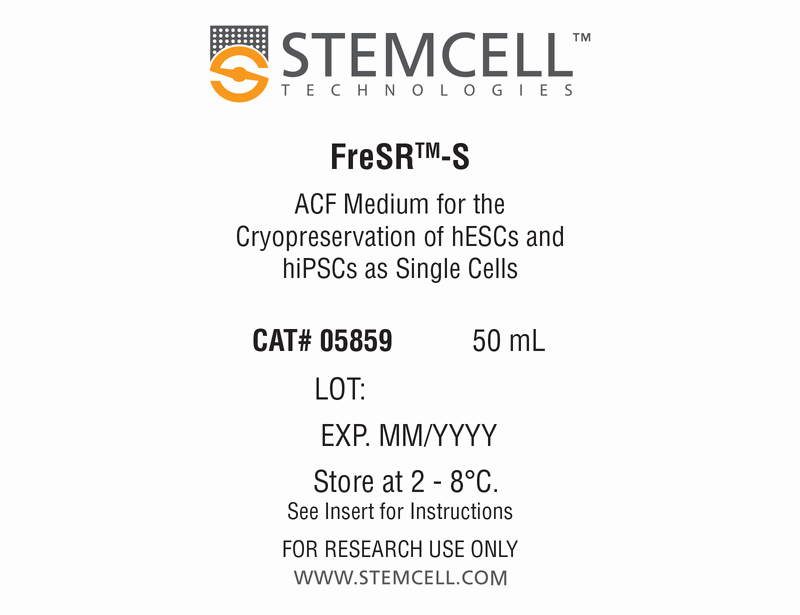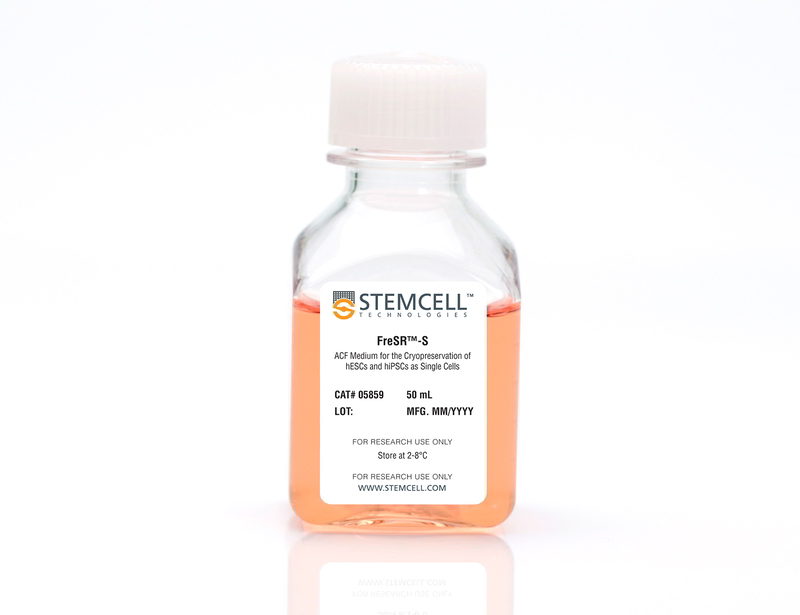概要
技术资料
| Document Type | 产品名称 | Catalog # | Lot # | 语言 |
|---|---|---|---|---|
| Product Information Sheet | FreSR™-S | 05859 | All | English |
| Safety Data Sheet | FreSR™-S | 05859 | All | English |
数据及文献
Data
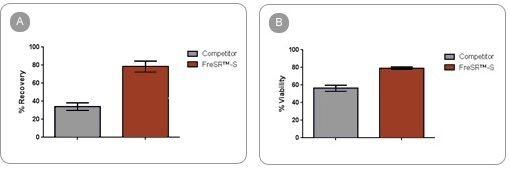
Figure 1. High Viability and Recovery of Cells Stored in FreSR™-S
hPSCs cryopreserved as single cells using FreSR™-S have (A) higher post-thaw recovery (number of cells recovered / number of cells frozen) and (B) maintain higher viability (number of live cells / total number of cells) compared to competitor medium. All data values are plotted as percentages, (n=18, p < 0.0001 for each).
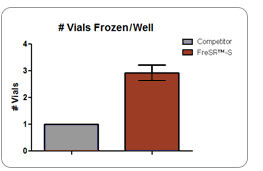
Figure 2. More Vials Frozen and Banked With FreSR™-S
hPSCs are cryopreserved in FreSR™-S at lower cell density compared to traditional methods. Graph indicates the number of vials cryopreserved for each well of a 6 well plate that is harvested.
Note: 1 vial is typically thawed and seeded directly into 1 well of a six well plate. Cells should be cultured as aggregates after thawing.
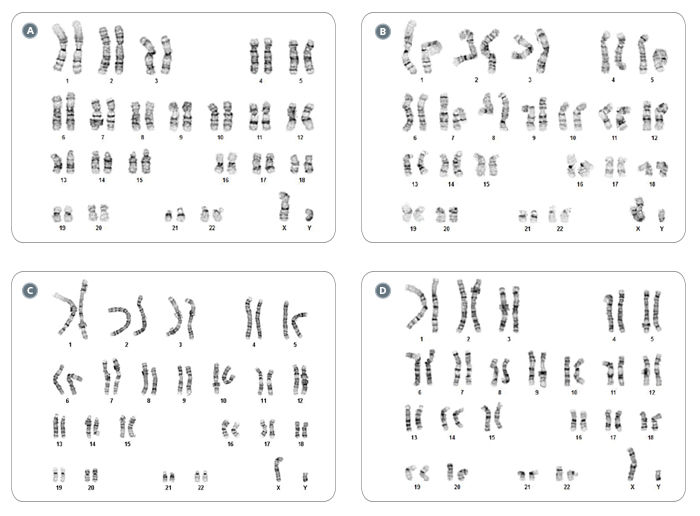
Figure 3. hPSCs Frozen and Thawed as Single Cells with FreSR™-S Display a Normal Karyotype
Karyograms of (A-B) WLS-4D1 hiPS cells and (C-D) H1 hES cells that were frozen and thawed as single cells using FreSR™-S. (A, C) Thawed cells were seeded into culture containing TeSR™-E8™ medium and 10 µM Y-27632 and maintained as aggregates for five passages. (B,D) hPSCs were also subjected to a second freeze-thaw cycle as single cells with FreSR™-S and cultured for five passages as aggregates prior to collection of karyotype data.

 网站首页
网站首页
